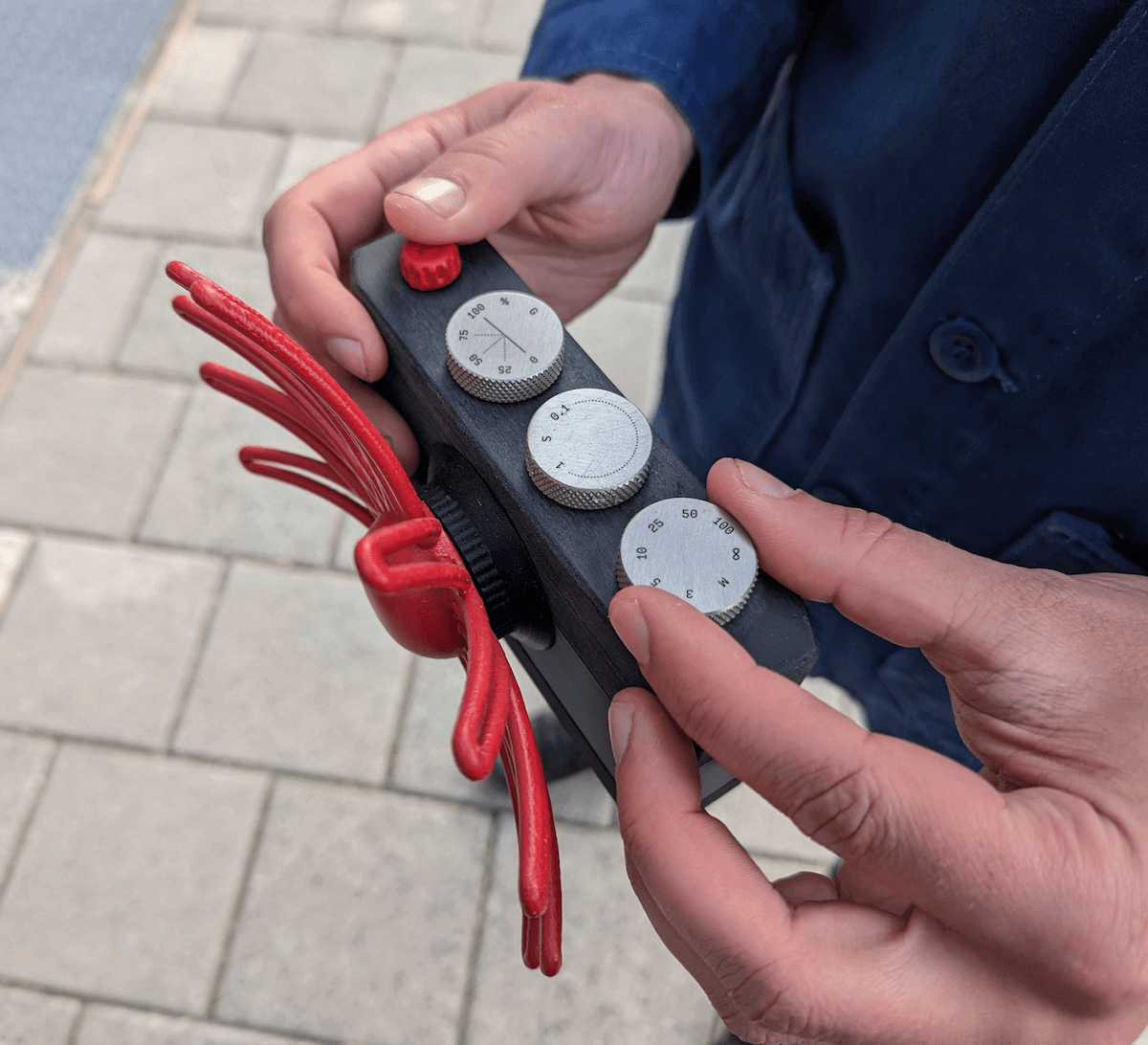Lensless camera uses AI to visualise locations
Paragraphica is an artistic camera that generates AI images based on location – allowing it to capture a place in its own unique way.
A new AI project is currently making the rounds: Paragraphica, a camera that combines location data and Stable Diffusion to create unique representations of places and moments.
Feeds of locational data request Stable Diffusion
The concept is brilliant yet easy to understand: In order to provide a full description of the present location and situation, Paragraphica connects the camera's location data over the Internet with open APIs.
It then uses an API to send this description as a prompt to Stable Diffusion. According to Danish inventor Bjrn Karmann, the generated "photos" are intricate and nuanced depictions of the location that show how the AI "sees" that location.
In order to account for the time of day, address, weather, temperature, date, and surrounding areas of interest, Paragrahica first queries a number of interfaces. The base prompt includes this information at numerous stages.
The prototype, which Karmann created using a Raspberry Pi, a 15-inch touchscreen, and 3D-printed parts, is the true artistic achievement.
Intriguingly, the photos definitely recall some of the atmosphere and feelings of the location, but in an unsettling way because the scenes in the pictures never quite match where I am.
Karmann, Bjrn
Karmann was visually influenced by the star mole or star-nosed mole. The star-shaped organ on the mole's snout is what the name alludes to. The mole uses its antennas to examine its surroundings rather than relying on light to see.
Radius, seed, and guidance scale dials
However, the feelers are merely ornamental. The outcome is impacted by other factors. The first dial, which determines the radius in metres within which the camera searches for locations and data, can be compared to the focal length of an optical lens.
According to Karmann, the second dial, which sets the seed for the diffusion process between 0.1 and 1, is analogous to the film grain in a camera. The third dial, which sets the guiding scale, functions like a camera's focus control. The higher the guidance scale, the more closely the AI will adhere to the command. The question and settings are shown on the screen by Paragraphica.
Summary
- Bjrn Karmann's art project Paragraphica uses location data and stable diffusion to provide original visual depictions of locations and moments.
- The area in which the camera looks for points of interest can be customised using a prototype camera built on a Raspberry Pi.
- A browser can be used to test out the software.












.png)